By Dwayne Sperber, Wudeward Urban Forest Products
 Trees grow, change and like all living things, eventually decline or die. Sometimes trees are removed from urban areas due to safety concerns, tree health or insufficient space. But when these urban and community trees are viewed not as waste, but as a valuable material resource, their story doesn’t end – it continues.
Trees grow, change and like all living things, eventually decline or die. Sometimes trees are removed from urban areas due to safety concerns, tree health or insufficient space. But when these urban and community trees are viewed not as waste, but as a valuable material resource, their story doesn’t end – it continues.
By transforming fallen trees into urban wood products, we can extend the benefits of living trees into the places we live, work and play. These materials – lumber, furniture, architectural woodwork – quietly connect us to nature. This is the basis of biophilic design, the concept of connecting humans to the natural environment.

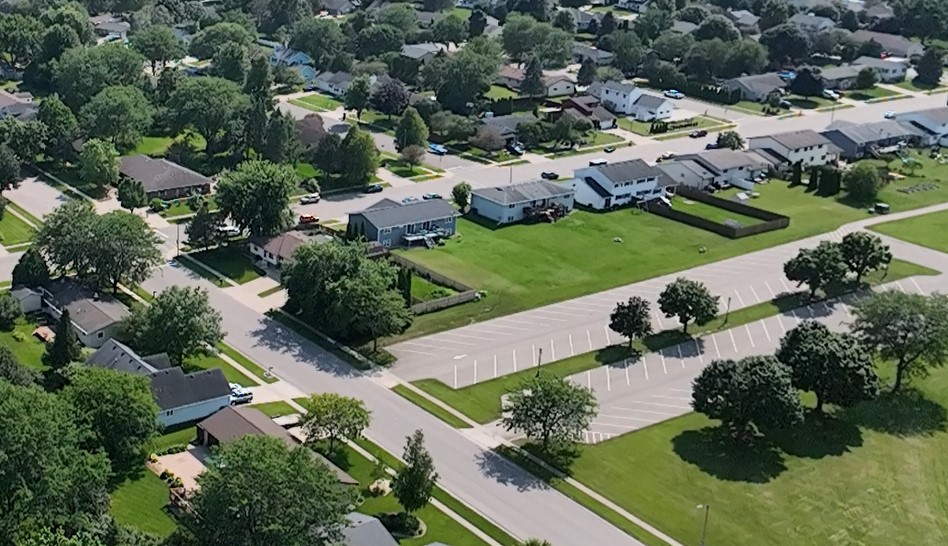 Gov. Tony Evers and the Wisconsin Department of Natural Resources (DNR) today announced the Urban Forestry (UF) Grant Program recipients for the 2025 grant year. In addition to helping fund projects consistent with state and national goals for increasing the urban forest canopy, reducing carbon dioxide and other greenhouse gasses from the atmosphere, and improving the quality of life and public health of communities, the UF Grant Program will help advance goals outlined in Gov. Evers’ Trillion Trees Pledge commitment, which includes planting 1 million trees in urban areas by the end of 2030.
Gov. Tony Evers and the Wisconsin Department of Natural Resources (DNR) today announced the Urban Forestry (UF) Grant Program recipients for the 2025 grant year. In addition to helping fund projects consistent with state and national goals for increasing the urban forest canopy, reducing carbon dioxide and other greenhouse gasses from the atmosphere, and improving the quality of life and public health of communities, the UF Grant Program will help advance goals outlined in Gov. Evers’ Trillion Trees Pledge commitment, which includes planting 1 million trees in urban areas by the end of 2030. 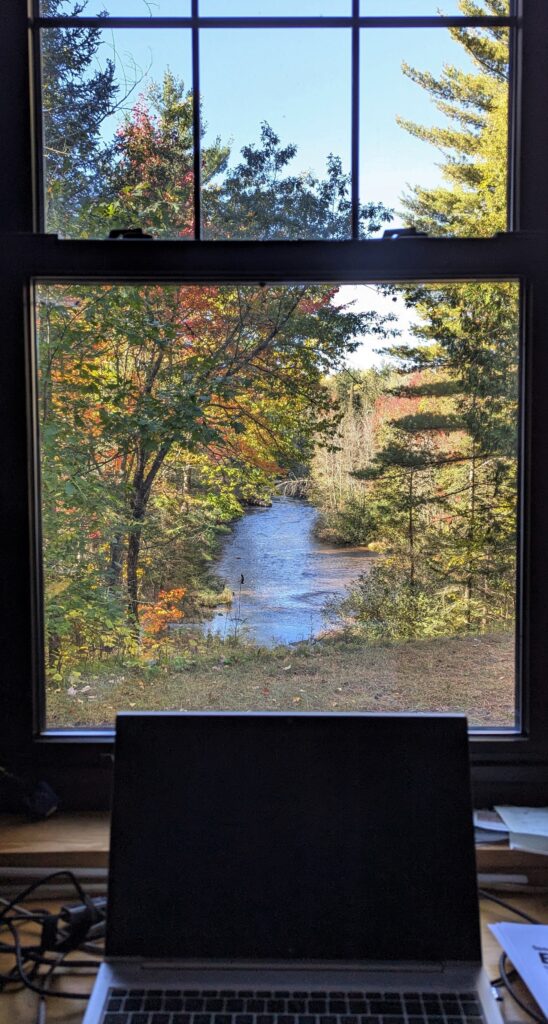 Employee attitudes and well-being improve with exposure to nature. Think about it. Every weekday we commute to work, only to be met by a dark cubicle in shades of beige and grey. Ever wonder why your mood starts to match the walls? It’s because the workplace environment contributes to employee health. We’ve known this to be true (anecdotally) for a long time, but mounting scientific evidence proves our urban and community forests have beneficial effects on employee performance.
Employee attitudes and well-being improve with exposure to nature. Think about it. Every weekday we commute to work, only to be met by a dark cubicle in shades of beige and grey. Ever wonder why your mood starts to match the walls? It’s because the workplace environment contributes to employee health. We’ve known this to be true (anecdotally) for a long time, but mounting scientific evidence proves our urban and community forests have beneficial effects on employee performance.  Over the years, a growing body of research has proven that regular access to trees makes us happier and healthier. They restore our sense of calm from head to toe — improving memory and attention span, enhancing cognitive functioning, lowering blood pressure, and reducing cortisol levels.
Over the years, a growing body of research has proven that regular access to trees makes us happier and healthier. They restore our sense of calm from head to toe — improving memory and attention span, enhancing cognitive functioning, lowering blood pressure, and reducing cortisol levels.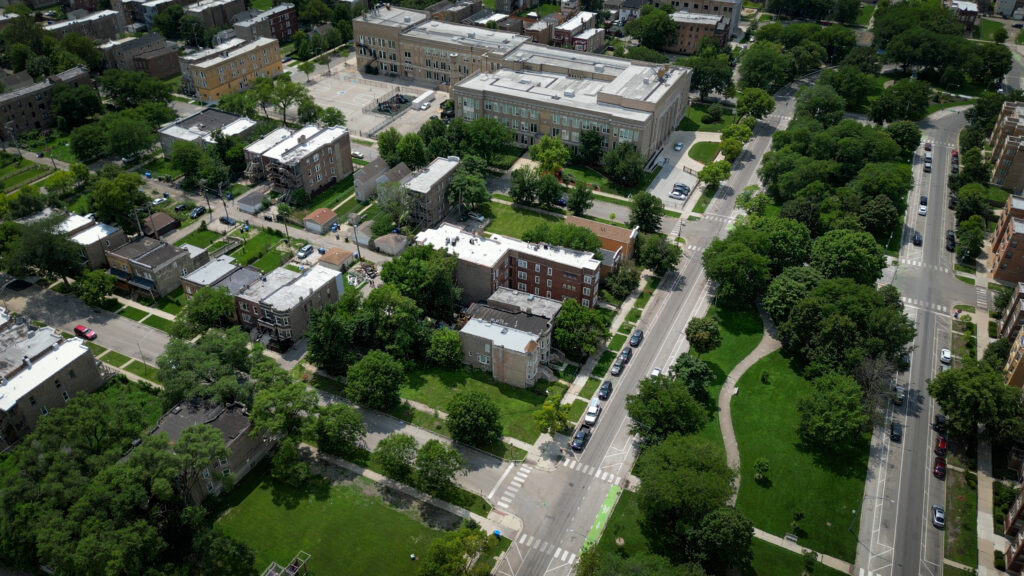
 September is back to school month. How do you get those kids to settle down and focus after three months off? The answer is as simple as walking right outside your front door! Exposure to nature has been shown to positively impact students, from improved academic performance and focus, to reduced Attention Deficit Hyperactivity Disorder (ADHD) symptoms.
September is back to school month. How do you get those kids to settle down and focus after three months off? The answer is as simple as walking right outside your front door! Exposure to nature has been shown to positively impact students, from improved academic performance and focus, to reduced Attention Deficit Hyperactivity Disorder (ADHD) symptoms. 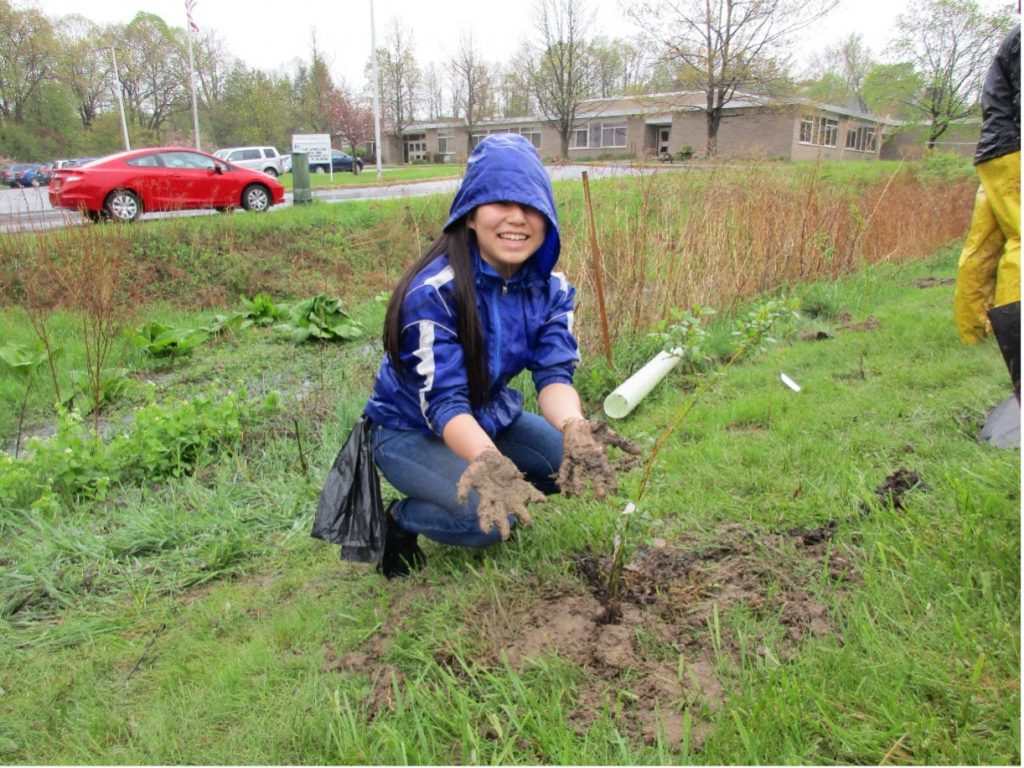 April 26-30 is
April 26-30 is 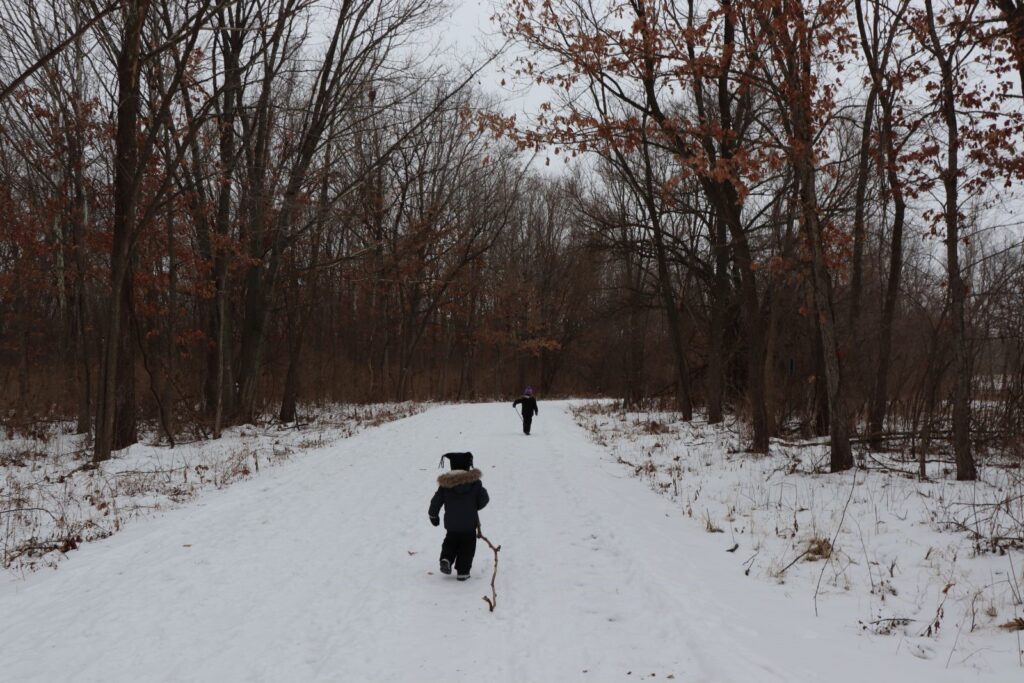 As the temperature drops and sunlight decreases, deciduous trees shed their leaves and focus on internal storage and conserving resources. Our behavior often mirrors that of a dormant tree. It is easy to shed our active, outdoor lifestyle in favor of lounging under blankets and remaining sedentary most of the day.
As the temperature drops and sunlight decreases, deciduous trees shed their leaves and focus on internal storage and conserving resources. Our behavior often mirrors that of a dormant tree. It is easy to shed our active, outdoor lifestyle in favor of lounging under blankets and remaining sedentary most of the day.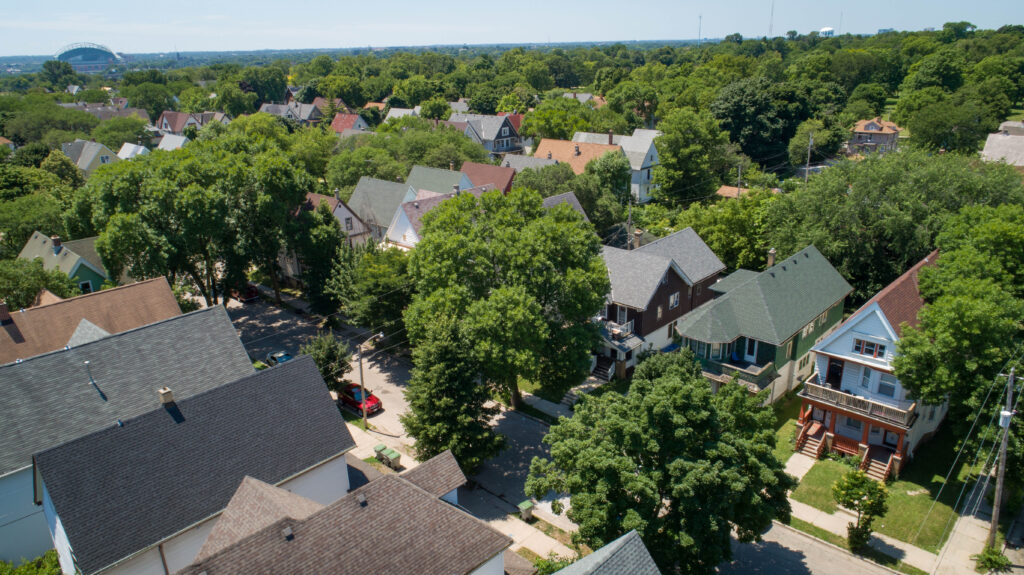 The COVID-19 pandemic is taking a serious toll on our mental health. Many of us are feeling lonely and isolated due to social distancing. Some of us have lost our jobs, some have lost access to schooling and some have lost beloved friends and family members.
The COVID-19 pandemic is taking a serious toll on our mental health. Many of us are feeling lonely and isolated due to social distancing. Some of us have lost our jobs, some have lost access to schooling and some have lost beloved friends and family members.